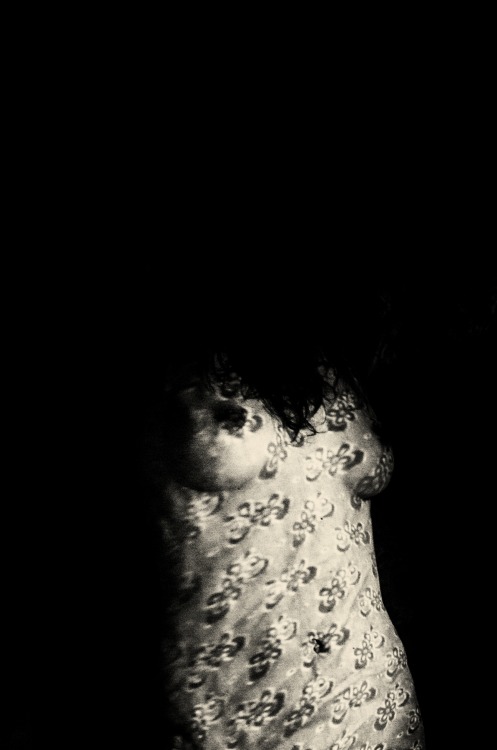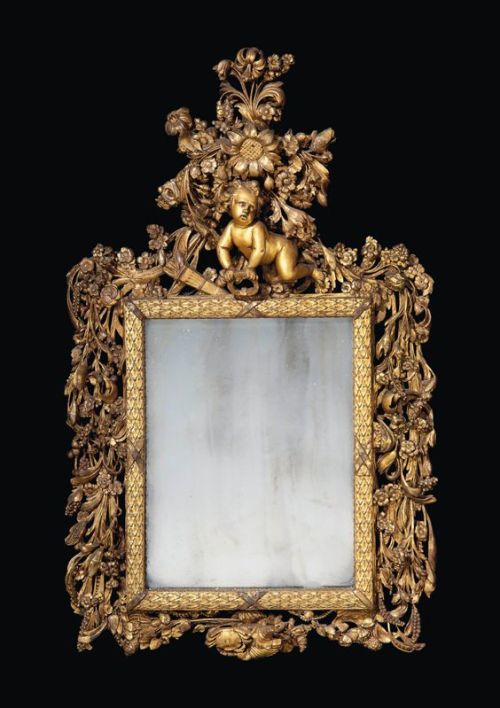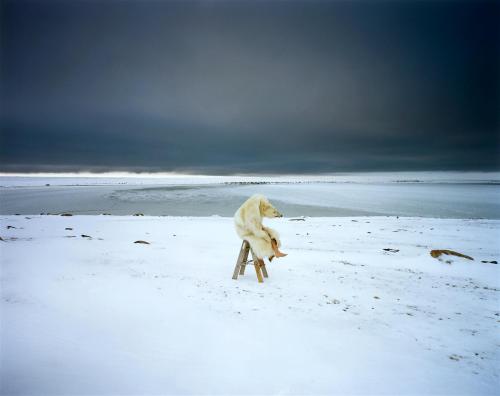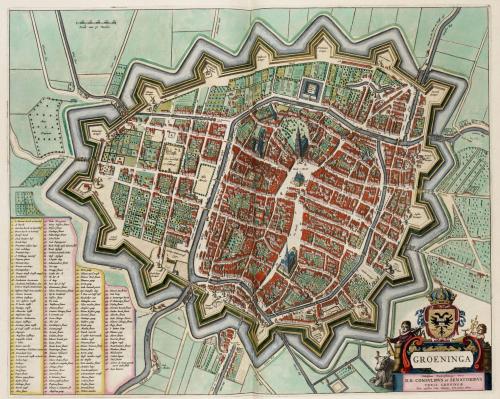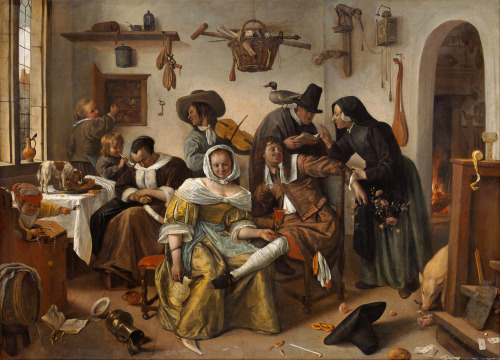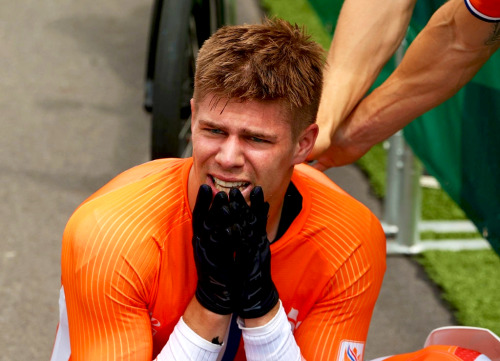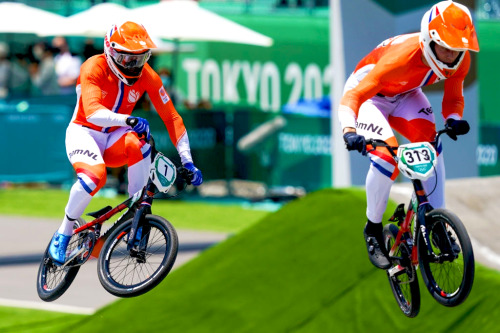#netherlands
Paul Cupido (Dutch, b. 1972, Terschelling, Netherlands) - Rose, 2019, Archival Pigment Print on Museum Etching
Post link
Carte de visite portrait of an unidentified woman in Amsterdam, the Netherlands, taken by German photographer Albert Greiner, c. 1863-1866.
Source: Rijksmuseum.
Post link
Scarlett Hooft Graafland (b.1973, Netherlands)
The images Scarlett Hooft Graafland creates look impossible – but not unreal. Her method has parallels with that of a documentary maker. Coloured balls floating over a frozen pond with swans. Fences in the Himalayas. A white horse with a girl’s black hair spread over it. Antlers in a frozen sea. Rubber dinghies on a salt pan. An orangeade igloo at the North Pole. A Robert Smithson spiral of white balloons. Illusion. The impossible made to exist. All photographed. Unedited. Real. The work of Scarlett Hooft Graafland is an ode to the imagination, the attainability of the unattainable, the unexpected power of reality. (src. Vous Etes Ici) Scarlett Hooft Graafland is represented by Michael Hoppen Contemporary Gallery, London and Vous Etes Ici Gallery, Amsterdam. © All images courtesy of the artist
[moreScarlett Hooft Graafland]
Post link
NOT UNDER MY ROOF : The Fine InBetween of Love-Lust-Sex
Amy Schalet examines an interesting “dichotomy” between the Netherlands and the United States regarding teenage sex: how the one normalizes it while the other dramatizes it. While parents in the Netherlands approach sex as a natural aspect of love (which they believe is a natural part of growing up), and openly approach the subject with their children - to the extent that Lulu says they watch almost pornographic media together, and that she, a foreign exchange student, was given condoms - parents in the United States approach it through this idea of “not under my roof.” Though it’s something that both parents and children in America know is happening, it’s something that is denied: the white elephant in the room.
Given the statistics of teenage pregnancy and abortions, as well as the stress around sex during and post-puberty in America and the rift it creates between parents and their kids, it is very easy to lean towards the Dutch perspective (though Schalet was, I believe, herself originally Dutch) as the “better” of the two. But are those the only two options? Or is there a fine line between normalizing and dramatizing?
The back-drop of the two “cultural scripts” are very different, as Schalet points out. One is much more religious, and there are socioeconomic factors complicating matters. There are also different philosophical ideas about children and the maturation process. The American model of maturation ends with separation of the parent and the child; it is almost a dreaded scenario for the child to move back in with the parent. Many of the American parents talk about a fine line of independence for their children, while the Dutch model values the relationship between parent and child and acknowledges the antagonism (puber), but transitions through negotiations. But both subscribe to an “incremental growth model”, wherein there are stages of maturation by age, which children pass through on their way to “adulthood.” The commercial industry has made these stages particularly salient, through “collaboration” with contemporary psychoanalysis. Throughout the book, parents on both sides discuss their children being “ready” for certain stages.
Yet being the contentious idealist I am, I’d like to disagree with both models by disagreeing with the idea of there being stages to development in the first place. I know most psychologists will disagree with me, as will most people, because we’ve been indoctrinated with this idea of seniority and a linear model of development, but after reading We’re Friends, RIght? by Bill Corsaro, I’ve really started to question the standard progression model of growth. Due to the familial conflict in my life, and the roles I took on in childhood, many of the adults I spoke to often told me I was “grown up for my age”. Indeed, I got along more with teachers than peers (I suppose I still do)and while I don’t believe I perceived others as more juvenile, there was certainly a sensation of a divide between those around me and myself.
Many individuals who have experienced trauma may relate to that experience, whether it be growing up in times of war, going through several homes, etc. Grief makes the soul old. Yet not all children who experience grief become bitter, nor do they remain so. In college, my friends joked that I frequently switched between acting 7 and acting 40. I think it’s really about resources that determine our “enacted age”, while experiences/knowledge determine our “comprehensive age”. As a child, I did not have the resources to ‘goof off’ the way my friends did. In college, I did. I was allowed more irresponsible moments in college than at home, where I learned to take care of a considerable amount of the housework by high school. That was simply my situation. I don’t resent it nor regret it, and I’ve learned a lot from it, but in many ways I was not “permitted” by my circumstances to be a child. I think this is an increasingly stark divide in upcoming generations: that there are those who are spoiled with instant gratification even as they are being denied their innocence, which causes very interesting behavior and understandings to develop.
I won’t bore you with a full-fledged account of my model for youth development, but as someone currently in a committed relationship and about to get married, I really don’t think age is the big issue. We make a big deal about teenagers, but honestly, there are many young parents that have been amazing, and many much older parents who have been rather juvenile with their relationships. Why? Because when you have more resources, you don't have to grow up. You’re never forced into responsibility as a necessity in the way that underprivileged families are: where the older children must work to support their siblings and their (often) single mother. Many books and articles, such as Guyland, discuss this prolonged adolescence.
Which is why I think the idea of “enacted age” vs. “comprehensive age” is more useful. I strongly agree with the Dutch that love and sex are a natural part of life and that teenagers should be given as many resources as possible. But I don’t agree with what a lot of parents saw as this necessary “exploration age” where a lot of parents expressed that they wanted their children to try more things with more people rather than settling down. I think in some ways its still making the decision for their children - just the opposite decision that American parents make.
I really believe that teenagers can fall in love and get married and all that. I think people of any age can really fall in love. But it’s about empowerment, where I fall in between both cultures. I think there is a degree of separation and independence, as well as a need for continued community support. I “aged” due to what some may call unfortunate resources and experiences. I took love seriously because I knew the cost of divorce and marital strife. But I hope that if I have children, they will take love seriously because they have the resources and understanding to do so. I believe they already have the capacity to. So there is no “not under my roof” or “only if…” for me. I want my children to understand the decision they’re making when they make it and be able and willing to live with the consequences. Which I do believe is something that’s distinct from both sides that Schalet presents.
Post link
GRONINGEN, THE NETHERLANDS (1649) / GRONINGEN, PAÍSES BAJOS (1649)
Source:Reddit: Crazyhankie
More maps on http://geomapping.tumblr.com/
Post link
Beware of Luxury by Jan Steen, 1663
Notice how the characters in this painting are arranged in a triangular pattern, with the woman in the center at the tip. Steen deliberately mimics a theatrical stage.
The painting is also incredibly detailed. My favourite part is the mallard on the old man’s shoulder.
Post link
People who are (or were) university students: Tag in which country your uni is and if you do anything after the lesson is over, like applaud etc. Because I go to uni in Austria and when the lesson is over we knock on the tables and my new Norwegian teacher always seems completely bewildered. Is that not a thing in other countries? Help me with my totally scientific research, thanks!
Niek Kimmann of Team Netherlands celebrates winning the gold medal during the Men’s BMX final on day seven of the Tokyo 2020 Olympic Games at Ariake Urban Sports Park on July 30, 2021 in Tokyo, Japan. (Photo by Ezra Shaw/Getty Images)
Post link
Niek Kimmann of Team Netherlands poses with the gold medal after the Men’s BMX final on day seven of the Tokyo 2020 Olympic Games at Ariake Urban Sports Park on July 30, 2021 in Tokyo, Japan. (Photo by Francois Nel/Getty Images)
Post link
Niek Kimmann & Twan van Gendt of Team Netherlands competing on Quarterfinals during the Tokyo 2020 Olympic Games at the Aomi Urban Sports Park on July 29, 2021 in Tokyo, Japan (Photo by Ronald Hoogendoorn/BSR Agency/Getty Images)
Post link

